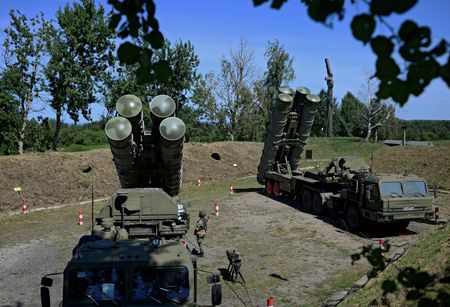
Ukraine: What Might Happen if the War Spreads to a NATO Country

Reading (UK), Mar 20 (The Conversation). As Russian military activity moves nearer the Ukrainian border with Nato, the potential for direct confrontation between Russia and the alliance increases.
On March 13, Russian aircraft reportedly fired rockets at the Yavoriv International Center for Peacekeeping and Security, 20 km from Ukraine’s border with Poland, a Nato member.
The possibility of a unit from the Russian or Belarusian military stumbling across a border is also high. Mistakes happen in all military organisations, something shown starkly in recent days when India accidentally launched a missile into Pakistan – two nuclear armed nations in a state of high tension.
The possibility of retaliation by Pakistan was significant, but unlike in Ukraine there is no open conflict to confuse the situation. Had such an event occurred between Poland and Russian forces in Ukraine, for example, it’s unlikely that the Polish government would have been convinced the missile launch had been a mistake.
Concern regarding Russia’s intentions is at a higher level in the eastern nations of Nato than those to the west. On March 15, the prime ministers of Poland, Slovenia and the Czech Republic risked a train ride into Ukraine to meet the Ukrainian president, Volodymyr Zelensky, in Kyiv.
Those countries face the risk of being next in line if Russian expansionism continues – as some expect it to. Vladimir Putin’s statements appear to threaten the Baltic states, and he seems to want to re-establish Russia’s dominance over other neighbouring nations which was lost with the fall of the Soviet Union.
Those states have substantial minorities of ethnic Russians and have experienced unrest in the past few years.
The potential for escalation increases when we consider the actions of the rank-and-file soldiers on the ground, who are cold and frightened. A single shot across an otherwise quiet but tense border, or a non-commissioned officer misunderstanding a particular situation and taking aggressive action, could initiate a fight that quickly escalates beyond the control of local commanders.
Zelensky has repeatedly called for a Nato-enforced “no-fly zone” over Ukraine. But Nato leaders have concluded, understandably, that this risks direct military confrontation between Russia and Nato forces, potentially leading to rapid escalation.
The same seems to apply to another of Zelensky’s requests – the supply of aircraft to help the Ukrainian air force. But if Nato were to directly provide aircraft to Ukraine, Russia may very well conclude that this is offensive, rather than defensive, weaponry, and take action to stop the supply of planes. This may involve strikes on airfields where the planes are based – for example, in Poland – before they are moved to Ukraine.
There’s a chance that Zelensky has called for a Nato-sponsored no-fly zone precisely because he knows it would be impossible, allowing him to begin distancing himself from the idea of Nato membership for Ukraine.
This might give him the negotiating room to conclude an agreement with Russia. But at the same time, he reminded America in his speech to the US Congress of the Pearl Harbour and 9/11 attacks. Zelensky is warning of the consequences of continued Nato inaction.
Article 5 Nato membership allows a nation to invoke Article 5 of the North Atlantic Treaty to call for support from the other members of the alliance. This article has only been used once in Nato’s history – by the US, following the attacks on New York and Washington DC on September 11, 2001.
But Article 5 does not guarantee that all the other Nato states would send armed forces to repel an attack, only that military action is an option which can be included as part of the alliance’s principle of “collective defence”.
Given public statements from Westminster, the UK would be expected to honour its obligation to fight a Russian attack.
As the UK’s health secretary, Sajid Javid, said only a few days ago in an interview on BBC: “If a single Russian toecap steps into Nato territory there will be war with Nato.” On February 25, one day after Russian forces invaded Ukraine, Nato heads of government met in Brussels. They produced a statement deploring the invasion and pledging aid for Ukraine.
The alliance pledged to “continue to take all measures and decisions required to ensure the security and defence of all allies”. Accordingly, Nato has deployed both land and maritime assets across its eastern regions and “activated NATO’s defence plans to prepare ourselves to respond to a range of contingencies and secure alliance territory”.
My research on Nato has involved informal discussions with several officers from various member nations.
This has led me to believe that some Nato countries further from the conflict zone might be reluctant to send combat forces – even in the event that Article 5 is triggered. There is also the question of whether Nato’s political leaders would be willing to carry out attacks on Russian soil, which would represent a significant intensification of the conflict and would carry the additional risk that Russia might respond by escalating to nuclear or chemical weapons.
Deterrence – whether conventional or nuclear – requires rational calculation by both sides. As I have written before, Putin’s rationality is different to that of western leaders, which is part of the reason why this crisis and conflict happened in the first place. So far, Putin has not been deterred by Nato.
Instead, he has threatened the alliance with “consequences you have never seen in history”.
Meanwhile, any concessions Russia wins in peace talks are likely to lead to more demands.
This particularly worries Nato’s eastern European members. What is not clear is whether more distant members of Nato see the threat in the same way. Unity of action is vital for Nato – not only now but in the coming weeks and months. (The Conversation) IND
Disclaimer
The opinions expressed in this article are the author’s own and do not reflect the views of Chanakya Forum. All information provided in this article including timeliness, completeness, accuracy, suitability or validity of information referenced therein, is the sole responsibility of the author. www.chanakyaforum.com does not assume any responsibility for the same.
Chanakya Forum is now on . Click here to join our channel (@ChanakyaForum) and stay updated with the latest headlines and articles.
Important
We work round the clock to bring you the finest articles and updates from around the world. There is a team that works tirelessly to ensure that you have a seamless reading experience. But all this costs money. Please support us so that we keep doing what we do best. Happy Reading
Support Us





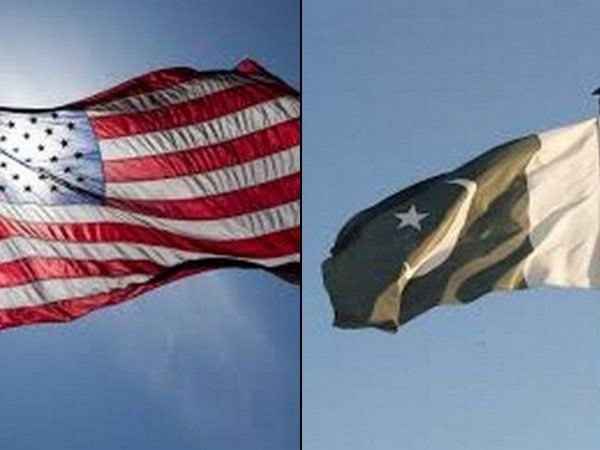
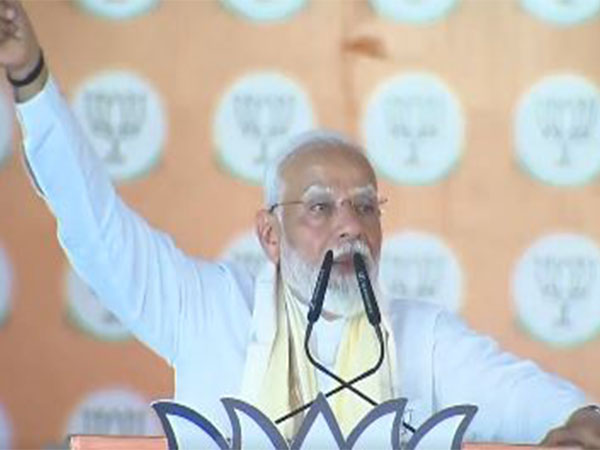
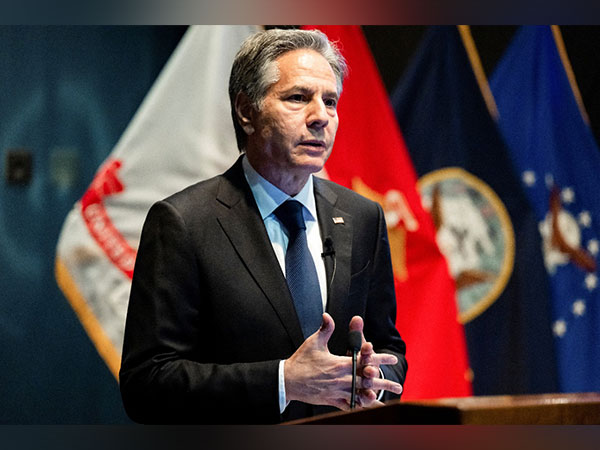
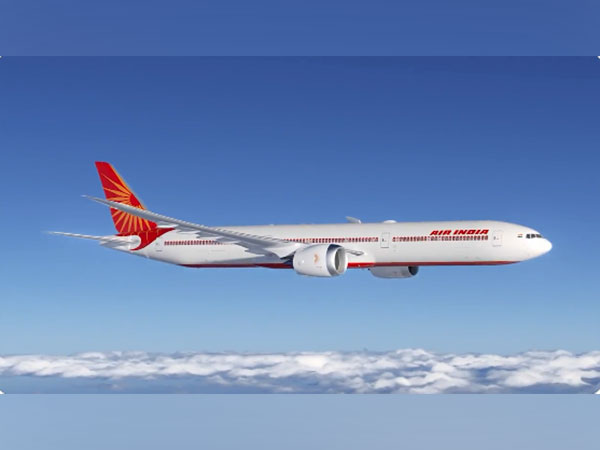

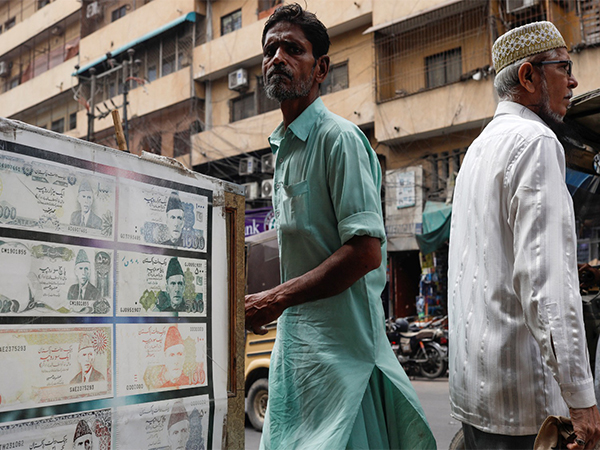
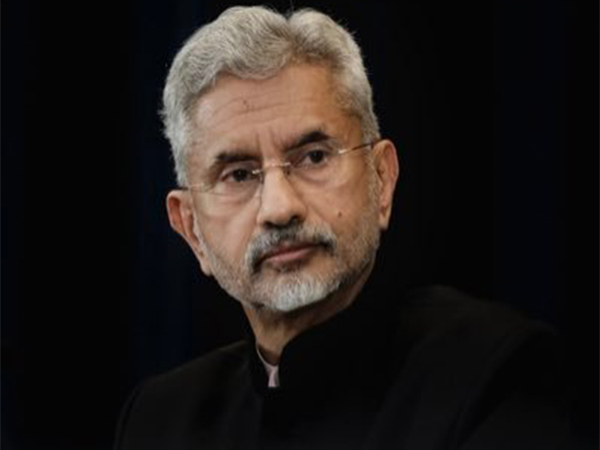
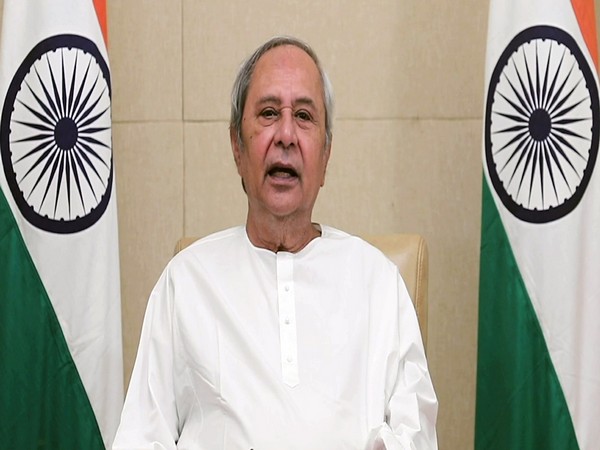

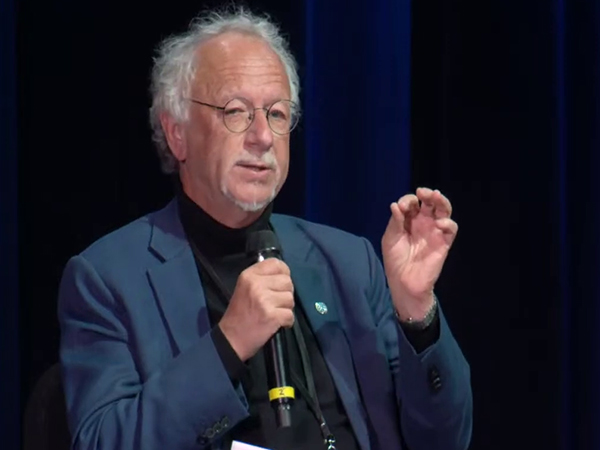






POST COMMENTS (1)
Kalidan Singh